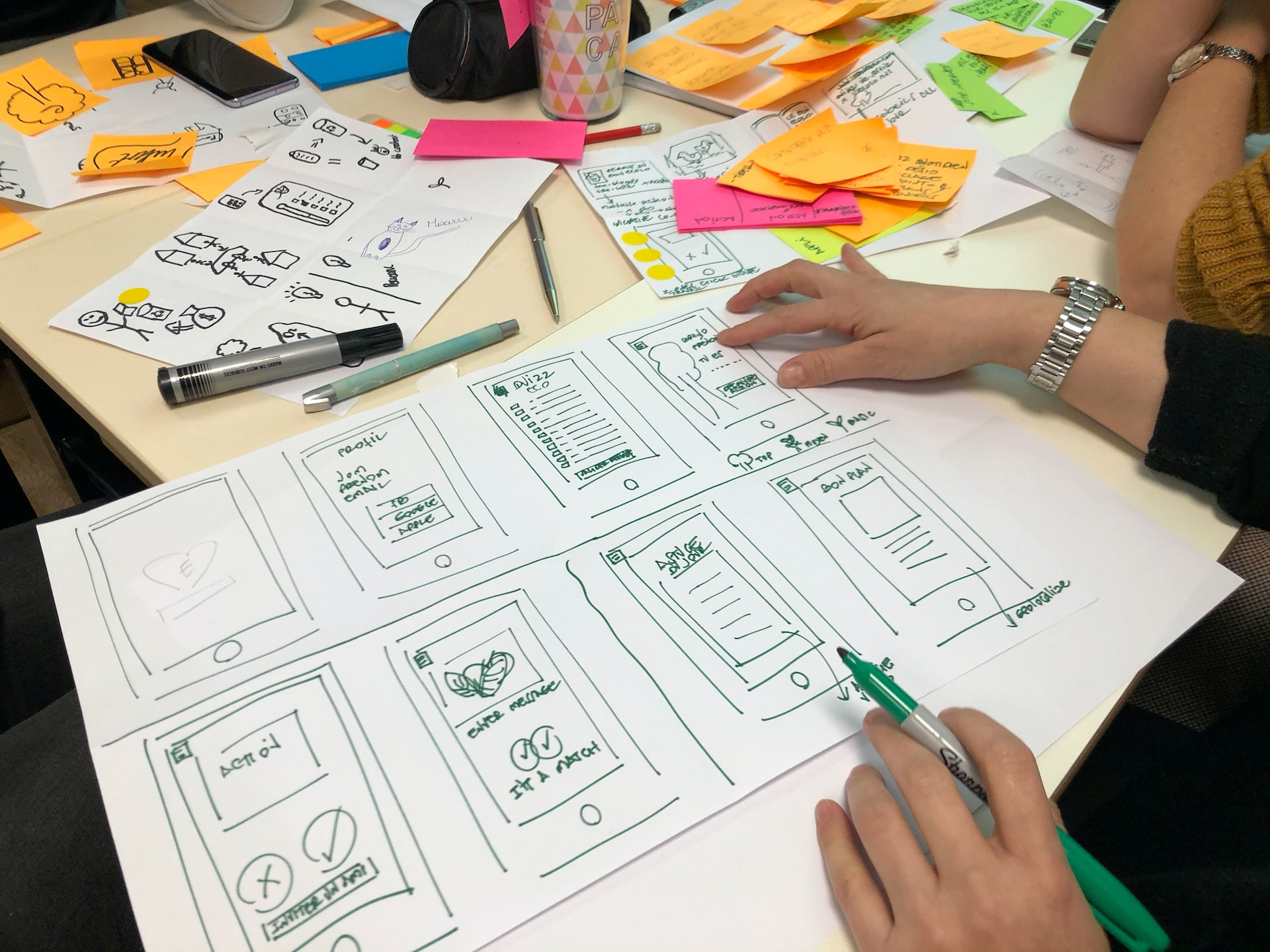For product managers, the ability to develop successful products is more critical than ever. It takes a keen understanding of user needs, a deep understanding of the market, and the ability to create a product that solves a problem or fulfills a need. This is where product sense comes in.
This article will explore product sense in product management, its value, and how it can be applied to your business. We will also use examples of well-known digital products to illustrate the importance of product sense in the real world.

What is Product Sense?
Product sense is the ability to understand an audience and develop successful products to satisfy that audience's needs. It is a combination of skills that allow product managers to conceptualize a product,
develop a product roadmap, prioritize features, and
create a user experience that meets the target audience's needs.
A person with a strong product sense profoundly understands the market, the competition, and user needs. They can leverage domain knowledge to create products that stand out in a crowded marketplace.
The ability to develop products that people need involves a range of skills, including market research, user experience design, business strategy, and project management. It is an essential skill for a product leader, entrepreneurs, and anyone involved in product management.
It's common for product managers to confuse product sense with basic intuition. While product sense does involve intuition based on observation, it's also informed by years of experience in an industry or with a specific audience type.
Why is Product Sense Important for Product Managers?
Deciding to invest in your Product sense is among the highest ROI decisions you’ll make in your career. - Shreyas Doshi
Developing product sense is important for several reasons. First, it enables companies to create products that address user needs. By understanding the market and user needs, companies can create products that solve problems and fulfill needs, resulting in higher sales and customer satisfaction.
Second, knowing how to develop a product effectively allows companies to stay ahead of the competition. By understanding the market and competition, companies can identify market opportunities and
create products that differentiate themselves from the competition.
Finally, being able to develop products that people need can save companies time and money. By prioritizing features and
creating a clear product roadmap, companies can develop products more efficiently, reducing development costs and
getting products to market faster. When applying for a more senior product position, product sense interview questions are common in PM interviews.
Product Sense in Product Management
Let's look at some examples of well-known products to illustrate the importance of product sense for product managers.
iPhone
The Apple iPhone is a prime example of a product that was developed with a strong product sense and fresh perspective. Apple identified a gap in the market for a smartphone that was easy to use, had a large touch screen, and could access the internet.
While the market already gave positive signals about a handheld internet-accessible device through BlackBerry, Apple went beyond what was already on the market and built what they believed the market wanted. By understanding the market and user needs, Apple created a product that has become a cultural icon. Product sense within Apple is what allowed them to make the leap from BlackBerry's "internet device" to a world-altering device.
Google Search
Google Search is another example of a product that was developed with a strong product sense. Google identified a gap in the market for a search engine that could deliver fast and accurate results.
Many other search engines existed: Yahoo, Dogpile, AskJeeves, among others. By understanding the market and what mattered most to the user: speed and accuracy, Google created a product that dominated the search engine market and still does today.
At first glance, the market seemed crowded with creative solutions but product sense within Google gave them the confidence they could offer a new and unique product.
Airbnb
Airbnb is a prime example of a product that was developed by understanding user needs. The founders of Airbnb realized that many people were looking for a more affordable and authentic travel experience. By understanding this need, they created a platform that allows people to rent out their homes to travelers, providing a unique and authentic travel experience.
While it seemed like the hospitality industry was dominated but the Hiltons, Hyatts, and Marriotts, Airbnb founders relied on product sense to tell them their was another opportunity in plain sight.

How to Develop Product Sense
Product sense has 3 components: cognitive empathy, domain knowledge, and creativity. - Shreyas Doshi
Knowing how to develop products that people need is a skill that can be developed over time. Here are some tips for creating product sense:
Know Your Audience
Successful product managers understand their target audience and their needs. Conduct market research and user testing to gain insights into your audience's wants.
Keep an Eye on the Competition
Understand the competitive landscape and identify gaps in the market that you can fill.
Prioritize Features
Develop a clear product roadmap and prioritize features that meet the most important user needs.
Test and Iterate
Use data and user feedback to improve your product continually. During the product management process, iterate on features and design to create a product that meets user needs.
Think Strategically
Develop a business strategy that aligns with your product goals. Consider factors such as pricing, marketing, and distribution.
How Do You Demonstrate Product Sense?
You can demonstrate your product sense by asking thoughtful questions, probing the product team's reasoning, and representing the intended user's perspective. By thoughtfully challenging the product team to explain their strategy, you can elevate the entire team's clarity of thought.
How to tell if your product sense is improving
You can tell your product sense is improving by tracking your intuition and then measuring how often your initial idea was correct. As your product sense improves, you'll see your success rate climb. It reflects the fact that your decision-making is leveraging internal, subconscious truths and ideas that are leading to the right outcome.

Create Opportunities with Product Sense
Product sense is an essential skill for anyone
involved in the development of new products. By developing products correctly, companies can create products that are successful and have a positive impact on their customers. Companies that can develop products that people need are better positioned to succeed in today's marketplace. As demonstrated by Google, Apple, and Airbnb, it's important to develop product sense across the organization and prioritize it as a factor in hiring and team development.
Additional Product Sense Resources







